Focus on Sustainable Practices
Sustainability has emerged as a critical driver in the Animal Feed Processing Equipment Market. As environmental concerns escalate, there is a growing emphasis on sustainable feed production practices. This includes the use of alternative protein sources, such as insects and plant-based ingredients, which require specialized processing equipment. The market is witnessing a shift towards equipment that minimizes waste and energy consumption, aligning with global sustainability goals. Reports indicate that the sustainable feed market is expected to grow significantly, prompting manufacturers to adapt their equipment to meet these new standards. This focus on sustainability not only addresses environmental challenges but also enhances the competitiveness of businesses within the Animal Feed Processing Equipment Market.
Increasing Livestock Production
The rise in livestock production is a significant factor influencing the Animal Feed Processing Equipment Market. As farmers strive to meet the growing demand for animal products, there is an increased need for efficient feed processing solutions. The livestock sector is projected to expand, with estimates indicating a potential increase in production by over 20% in the next decade. This growth necessitates advanced processing equipment that can handle larger volumes of feed while maintaining quality. Consequently, manufacturers are likely to invest in research and development to create innovative solutions that cater to the evolving needs of the livestock industry, thereby driving growth in the Animal Feed Processing Equipment Market.
Rising Demand for Animal Protein
The increasing The Animal Feed Processing Equipment Industry. As consumers become more health-conscious, the preference for protein-rich diets is evident. According to recent data, the demand for meat and dairy products is projected to grow significantly, leading to an increased need for efficient feed processing solutions. This trend necessitates advanced equipment that can enhance feed quality and nutritional value, thereby supporting livestock health and productivity. Consequently, manufacturers of animal feed processing equipment are likely to innovate and expand their product offerings to meet this burgeoning demand, positioning themselves favorably within the Animal Feed Processing Equipment Market.
Regulatory Standards and Compliance
Regulatory compliance is a crucial driver in the Animal Feed Processing Equipment Market. Governments worldwide are implementing stringent regulations regarding feed safety and quality, necessitating the adoption of advanced processing technologies. Compliance with these regulations not only ensures the safety of animal products but also enhances consumer confidence. The market for feed processing equipment is expected to grow as manufacturers seek to develop solutions that meet these regulatory requirements. This trend indicates a potential increase in investment in equipment that can provide traceability and quality assurance, thereby reinforcing the importance of compliance in the Animal Feed Processing Equipment Market.
Technological Innovations in Feed Processing
Technological advancements play a pivotal role in shaping the Animal Feed Processing Equipment Market. Innovations such as automation, precision feeding, and data analytics are transforming traditional feed processing methods. For instance, the integration of smart technologies allows for real-time monitoring and adjustments in feed formulations, enhancing efficiency and reducing waste. The market for feed processing equipment is expected to witness substantial growth, with estimates suggesting a compound annual growth rate of over 5% in the coming years. These innovations not only improve operational efficiency but also ensure that feed meets the evolving nutritional requirements of livestock, thereby driving the demand for advanced processing equipment in the Animal Feed Processing Equipment Market.


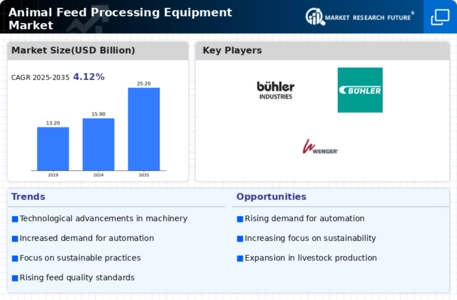
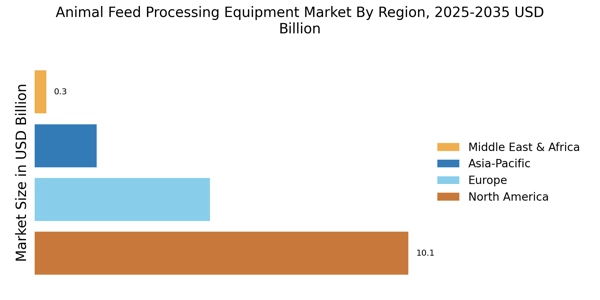
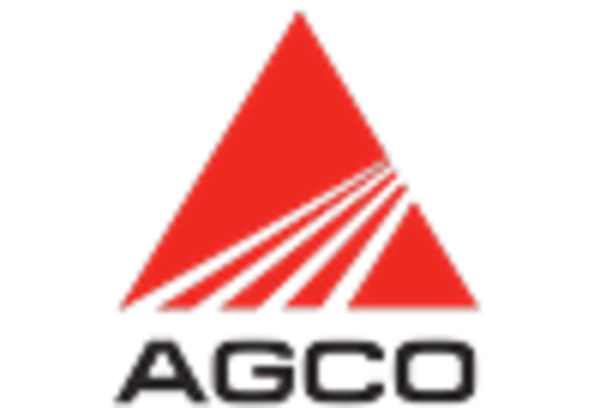
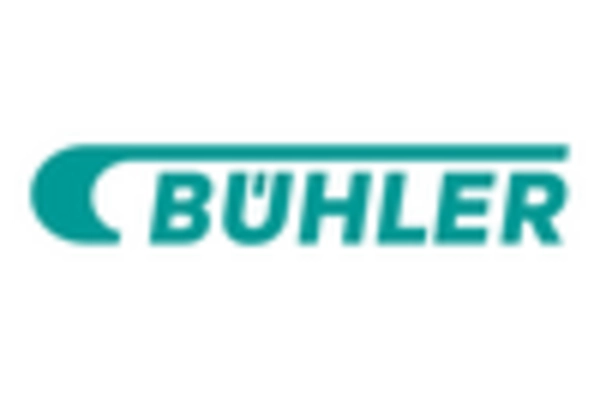

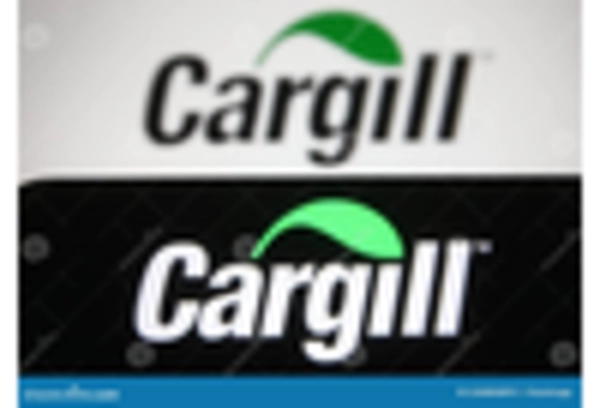
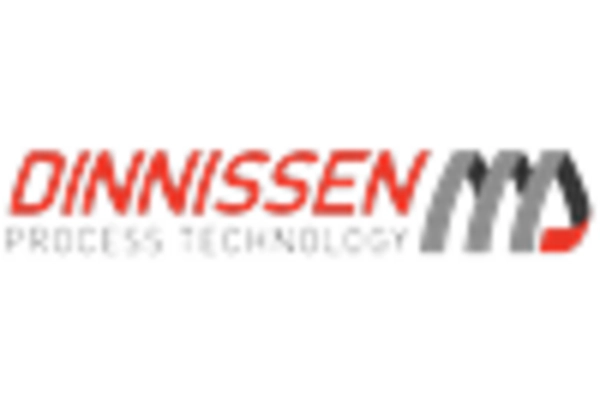
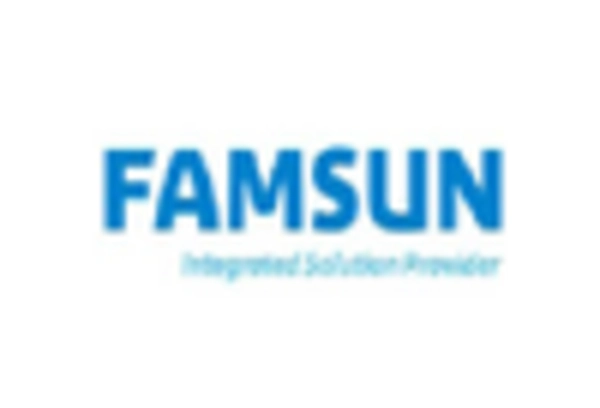








Leave a Comment